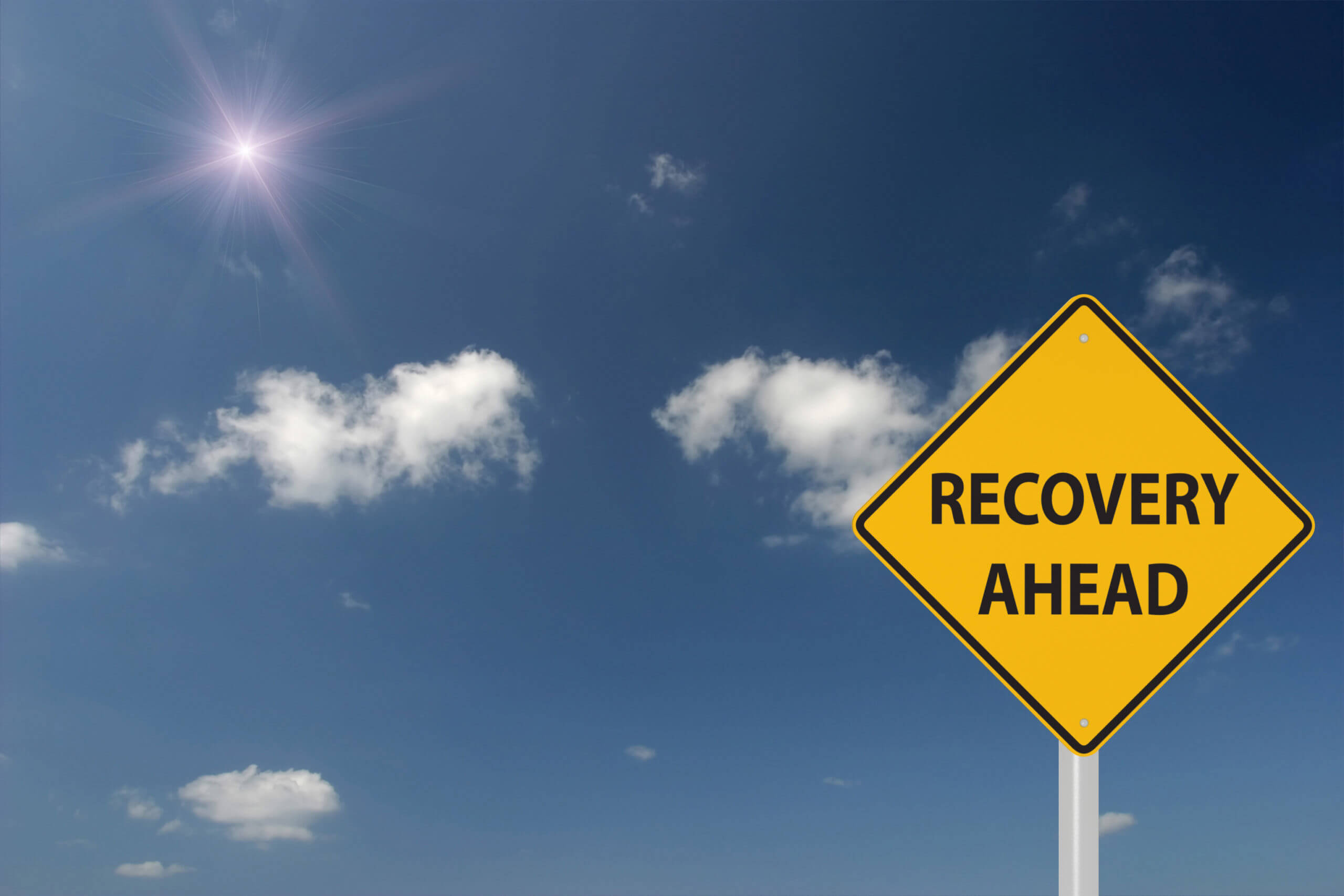7 Tips To Get Ahead of Crisis: Evaluating Your Tourism Crisis Response
July 28, 2022
Having a detailed and well conceived tourism crisis response for your destination may not solve every headache brought on by a crisis, but it will certainly help mitigate any permanent migraines.
Being prepared to tackle the unknown is a daunting but essential component for destination management organizations, as demonstrated by the pandemic. And the war in Ukraine. And monkeypox. And supply chain issues. And rising gas prices. And climate change.
Wow. It’s been a wild two years.
So instead of sitting back and fighting fires as they come, start laying down some fire-proofing tourism crisis response strategies now.
1. Learn from COVID
It should go without saying, but the pandemic highlighted weak points in destinations’ armor worldwide. Learning from this crisis is fundamental. Look inward to your destination’s response and celebrate the victories, but isolate the challenges and understand how they could be prevented in the future. We’ve lost so much since March 2020, so it’s important to ensure we take whatever positive lessons we can from the past two years.
2. Establish Your Tourism Response Crisis Team
If you have one, great, but many destinations still don’t know who to look to when a crisis hits. Consider appointing someone and, more than just designating them, provide them some time and resources to train properly. A crisis manager may not be a full-time job for most DMOs, but having someone who can put on that hat when the time comes will be a reassuring strategy to mitigate damage and streamline your response.
3. Create / Update Your Plan
The last thing you want to do in a crisis is write and approve content for your destination’s website and social media outlets. It should all be ready to go – now. Creating a crisis page that’s ready to activate and go live with minimal effort is key.
Double down on your tourism crisis response by preparing a wide range of social media posts and media responses so that you can copy and paste your text and tweak it to perfection instead of starting from scratch when it feels like the world is on fire around you. Do it now, before you smell any smoke.
4. Create A Threat Matrix
Some destinations know that wildfires will rage. Others can be sure a hurricane will hit. Knowing what threats loom over your destination and when to respond in full crisis mode is key. Instead of simply flipping the switch to respond, however, DMOs should have a score sheet – or threat matrix – to evaluate things like sentiment in the media and impact on the tourism industry itself.
Being able to rate the status of a perceived crisis will help DMOs know when to step in and respond. Creating such a matrix will vary from destination to destination, but having one will help save precious time deliberating your tourism crisis response when, if, the time comes.
5. Make Your Plan Known
Visitors and locals alike are curious about what to do if there’s a wildfire, an earthquake, a political uprising, etc. in your destination. A little publicity for your tourism crisis response plan will go a long way. It may be a simple page on your DMO’s website that provides a framework for what will happen in various scenarios.
While it’s impossible to predict every scenario – no one truly saw COVID’s potential impact – generating trust and faith among visitors and locals by making it clear that there is a plan is a powerful step to reinforce your DMO’s brand.
6. Network with Local Authorities
It might be time to fire up the web conferencing apps again and connect with local authorities who will be pivotal to a successful tourism crisis response plan. From airport security and police to meteorologists and politicians, brainstorming together to make sure everyone is on the same page can save heartache later.
A short webinar together also allows local authorities to evaluate what your DMO is working on, providing more eyes on your tourism crisis response plan. Collaboration is key when your destination is facing potential disaster.
7. Network with Local Stakeholders
While local authorities are key to your response, be sure to include your local partners and stakeholders in the conversation. Each one will have different needs to consider, and starting that conversation early on will help prevent hardships later.
Reach out to restaurants, hotels, tour operators, cruise lines, and any other partners who must be looped into your tourism crisis response plan. Be sure they are heard, and make sure they know you are working to prepare for the worst case scenarios as best you can.
8. Train Partners for Media Responses
Beyond just networking with them, also offer these partners media training to ensure alignment on messaging across social media when a crisis hits. Provide key talking points and sessions to make sure everyone knows how to respond and to avoid having a partner go rogue with a Tweet or media interview.
Building a tourism crisis response plan now will save uncountable headaches later. DCI has more than 60 years preparing destinations for the unknown. Reach out to Kayla Leska at kayla.leska@aboutdci.com to help evaluate your destination’s tourism crisis response plan – and if you don’t have one yet, then it’s time to get started with DCI!